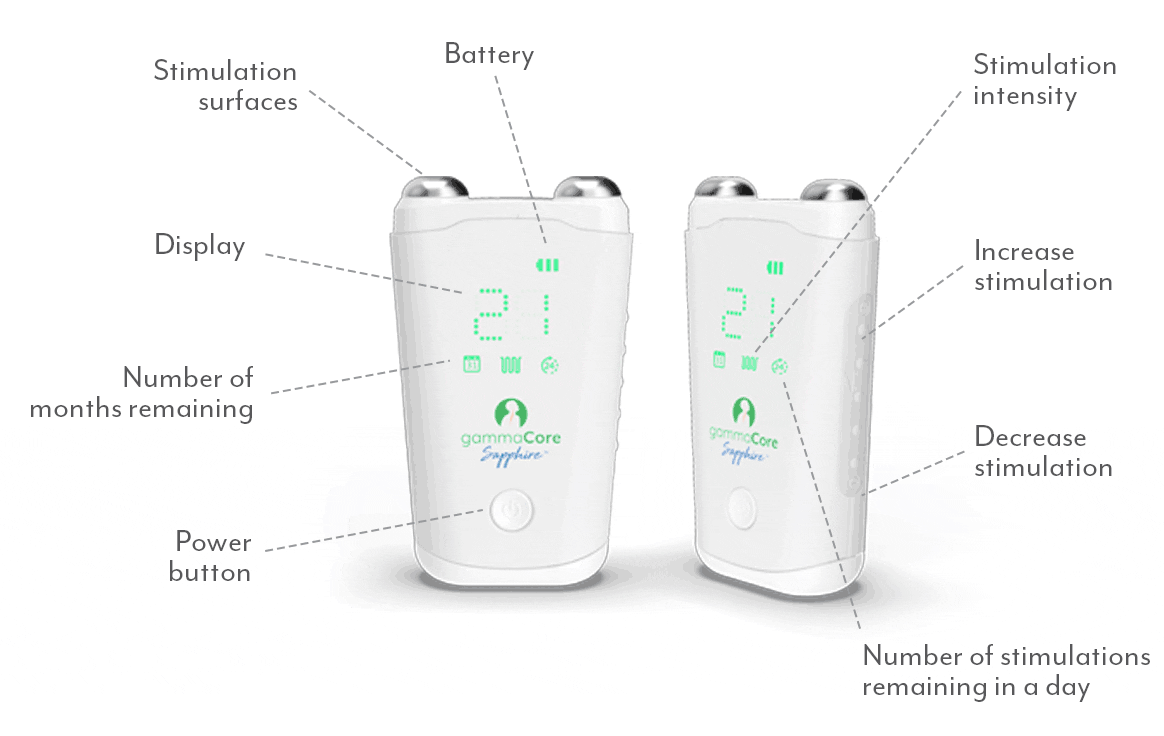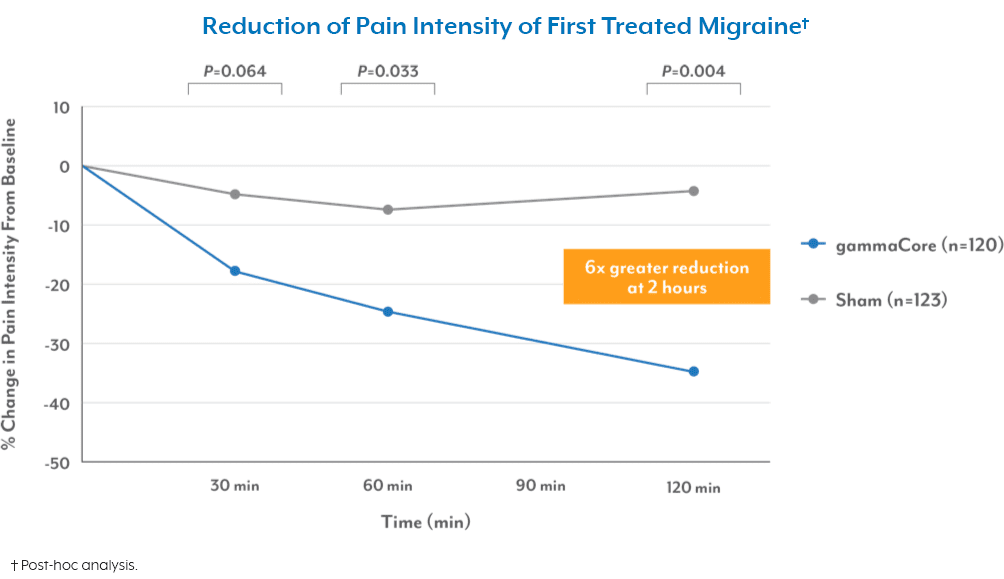
Migraine headaches can strike without warning, but finding relief is easier than you think. Imagine discovering natural remedies that not only ease the pain and help you feel better, but also come without worrying about the side effects associated with things like medication or surgery. If you’re ready to explore effective, natural relief for migraine headaches, you’re in the right place. We’ve put together some simple, powerful options that can help you take control and feel like yourself again.
1. Stay Hydrated
Staying hydrated is one of the most effective ways to reduce the frequency and severity of migraines.
Dehydration is a common trigger, and even mild dehydration can set off a headache. Ensuring you drink enough water throughout the day can make a significant difference in how often migraines strike.
The right amount of water you drink in a day is dependent on a few different factors, including bodyweight, weather, and exercise. To find your ideal amount, start by taking your weight (in pounds) and multiple it by 0.5 – this will give you the amount in ounces that you should be drinking daily. So, an individual weighing 200 pounds should aim to drink 100 oz. of water a day—more if they’re active or spending time in hot weather.
Staying hydrated gives your body the support it needs to function at its best, and you may just find that your headaches become less frequent or intense.
2. Maintain a Consistent Sleep Routine
Our bodies perform best when they have a consistent routine, and that includes a healthy sleep schedule. Sleep plays an important role in reducing the frequency of a migraine.
By maintaining a regular sleep pattern, you can give your body the rest it needs to stay balanced. Try to:
- Go to bed and wake up at the same time every day, even on weekends, to help regulate your body’s internal clock.
- Aim for the same amount of quality sleep each night, as both too little and too much sleep can trigger migraines. Individual sleep needs can vary based on various factors, including age, lifestyle, and genetics. The general recommendation for adults is 7-9 hours, but some people may need a solid 9 hours to function optimally, while others may need only 6 hours. Do what you find works best for you—the important thing is that you keep it consistent.
- Create a relaxing pre-sleep routine to signal to your body that it’s time to unwind—this can help you fall asleep faster and enjoy deeper rest.
Incorporating these simple sleep habits into your daily routine can make a significant difference with migraine management.
3. Stress Management
Stress is one of the leading triggers of migraine. Managing stress effectively can reduce the frequency of these painful episodes. A great place to start is by incorporating mindfulness practices into your daily routine.
Mindfulness meditation, which focuses on being present in the moment, helps promote relaxation and gives you more control over stressful thoughts.
Deep breathing is another powerful tool for immediate stress relief. These exercises activate the body’s relaxation response, helping calm a restless mind.
Set aside 10-15 minutes each day to focus on your breath and observe your thoughts.
Practice deep inhales through your nose, holding for a moment, and slowly exhaling through your mouth. Repeat this several times, especially during moments of stress.
Yoga is also an excellent practice for reducing tension. You can easily find a local class or YouTube channel to follow.
Spending time outdoors on nature walks can also lower cortisol levels, promoting a calmer and more peaceful mindset.
4.Acupressure
Acupressure is a simple technique that involves applying pressure to specific points on your body to relieve tension.
One well-known pressure point for migraine relief is located between your thumb and index finger. Gently massaging or applying firm pressure to this area can help reduce the intensity of a migraine and promote relaxation.
This technique works by stimulating the body’s natural healing response, encouraging blood flow, and releasing built-up tension.
It can be done anywhere, anytime, making it an accessible option for managing migraines on the go.
5. Monitor and Adjust Your Diet
Some foods can trigger migraines, and being mindful of what you eat can make a difference. Keeping a food diary is a great way to identify any items that may be contributing to your headaches. Common migraine triggers include:
- Processed meats
- Aged cheeses
- Caffeinated drinks
- Alcohol
By becoming aware of your dietary triggers, you can make better choices and reduce the likelihood of migraine episodes.
Natural Relief for Migraine Headaches Starts Today
There are plenty of natural relief options for migraine headaches. It’s worth experimenting with different techniques to find what works best for you.
Another option to consider is gammaCore™ non-invasive vagus nerve stimulator (nVNS), the only FDA-cleared, device designed to prevent and relieve migraine without the need for pills, injections, or unwanted side effects.
Clinically proven to provide relief in as little as 30 minutes, gammaCore nVNS is supported by seven FDA clearances and extensive research, making it a trusted choice for migraine management.
To see if gammaCore is right for you, visit our clinic finder to locate a health care provider near you, or contact our dedicated Customer Experience team at 888-903-2673 or customerservice@electrocore.com.



